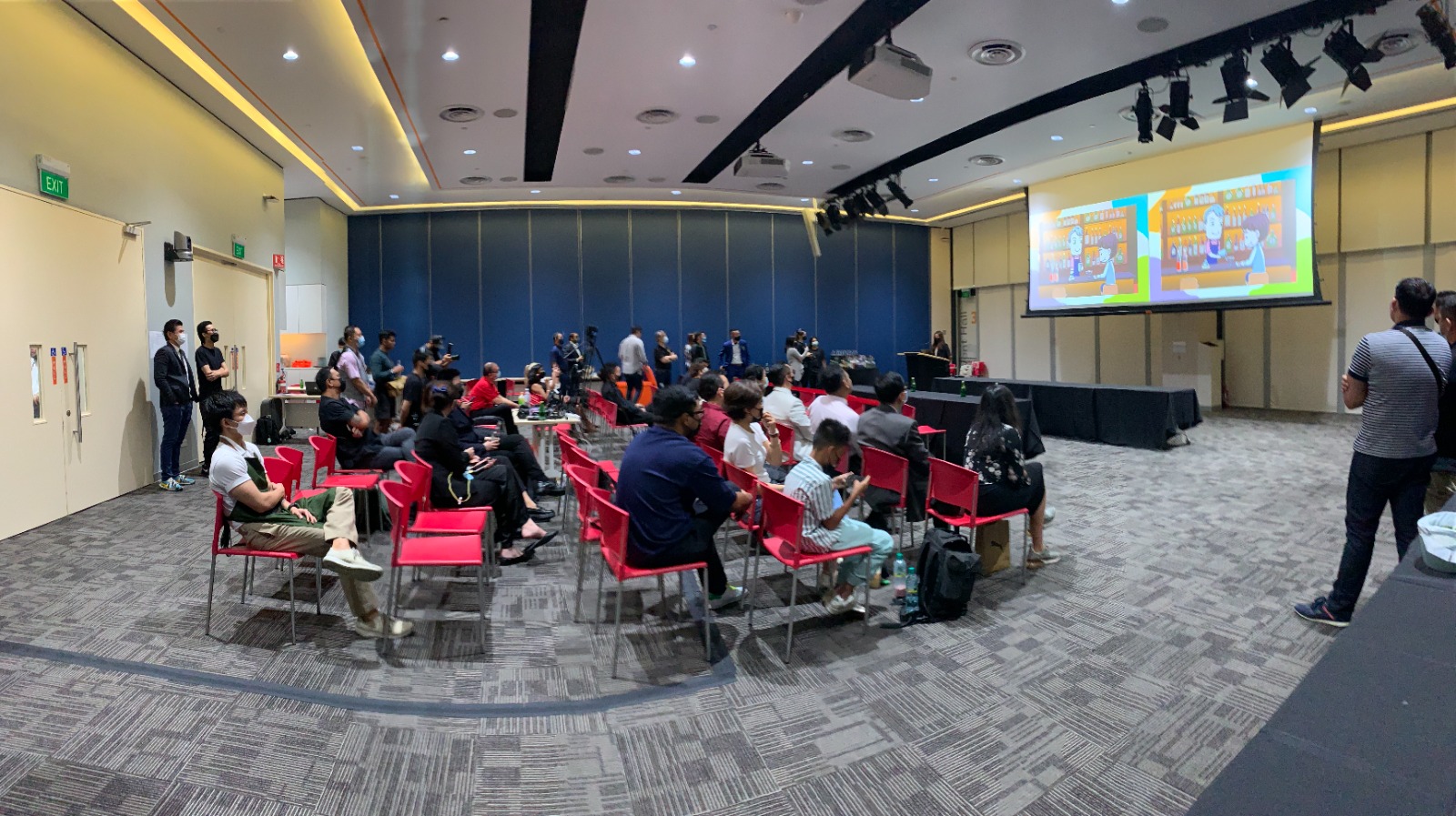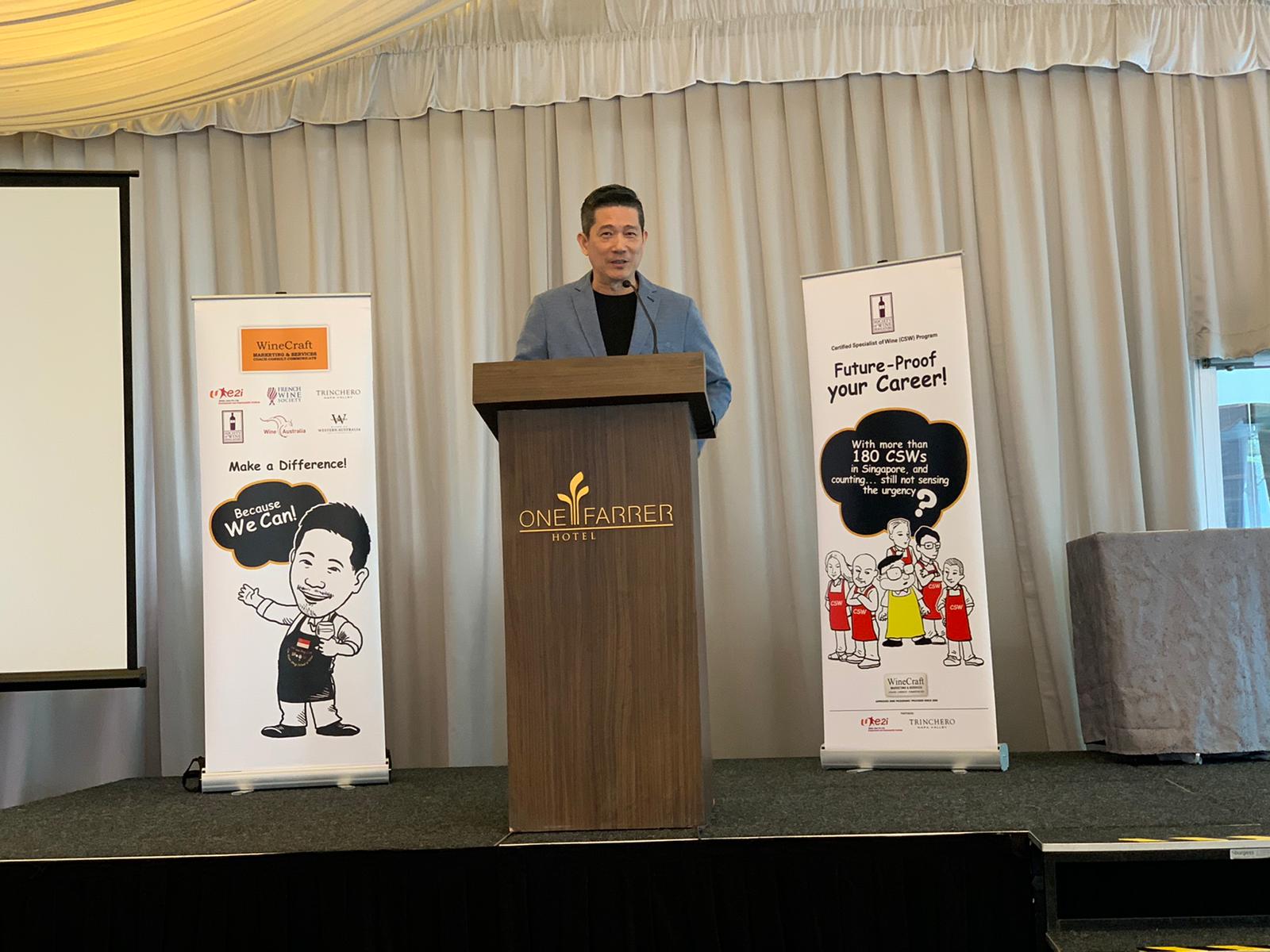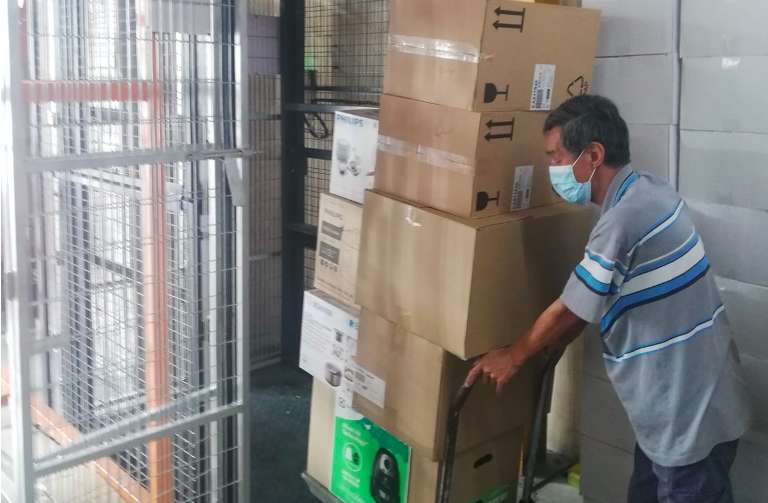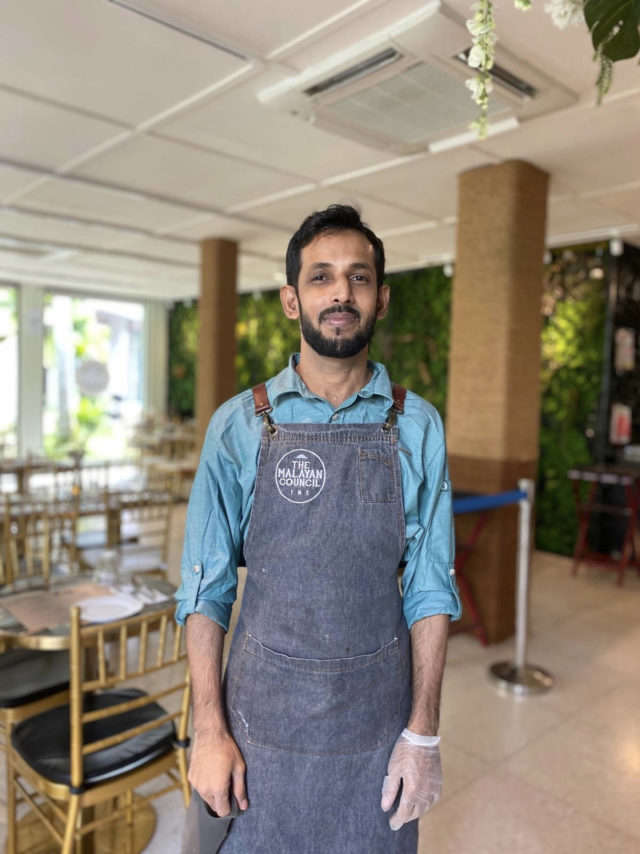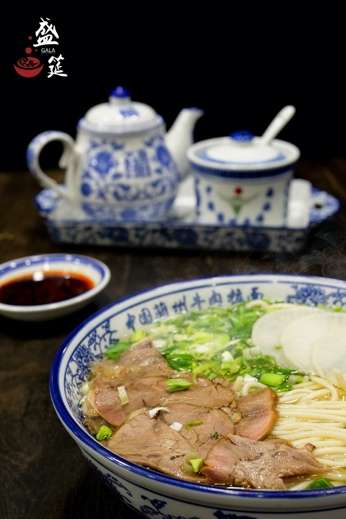We discover how this much-loved proprietor has kept authenticity alive in Asian cooking since 1954.
Starting in 1954, Chong Seng Tong traversed the streets of Chinatown for six years with a pole over his shoulders, carrying the equipment and ingredients of his specialty Hakka yong tao foo. Together with his wife, he served a simple dish of noodles and yong tau foo (fish and meat paste stuffed in beancurd skin boiled in soup that is flavoured with soya beans and dried anchovies) to early Chinese immigrants who came to Singapore in search of a better life.
He eventually found a permanent spot under an old and huge Banyan tree next to the Majestic Theatre where he set up a zinc-and-wooden mobile kiosk. His son, Chong Yik Hwee, started helping out at the kiosk when he was 12 years old. In 1968, he quit school to run the stall with his mother after his father passed away.
Picking up the skills of the trade, the younger Chong franchised Koo Kee in the 1980s. By the end of the decade, he decided to stop franchising and set up Gao Ji Food (S) Pte Ltd to directly run stalls in foodcourts and coffeeshops. The SARS crisis in 2003 provided an opportunity for the company to set up a few restaurants as well, and the company ventured overseas to China in 2014 and Jakarta in 2018. From a mobile kiosk, the company now spans eight different brands in 56 outlets with restaurants in Singapore and Jakarta.
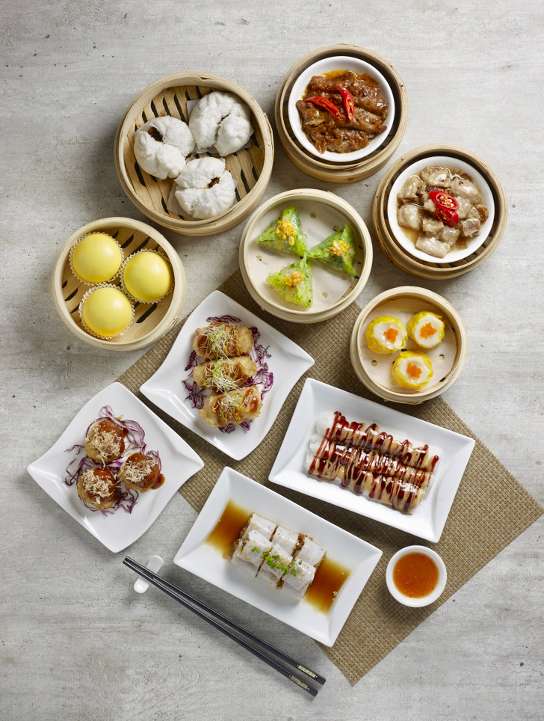
In Singapore alone, Gao Ji Food (S) Pte Ltd manages over 50 outlets in restaurants, food courts and hawker centres island-wide. With various brands under its umbrella such as Gao Peng Cuisine, Koo Kee Restaurant, Koo Kee, Don N Bap, Daddy’s Claypot, Dong Dong Hainanese Chicken Rice, Koo Kee Yong Tow Foo Mee, Niko Niko Don Don, NoodleStar and Steamed Gourmet, the company achieves economies of scale via its central kitchen to provide food products and ingredients to these outlets.
Gao Ji Food (S) Pte Ltd was awarded the Singapore Prestige Brand Award (SPBA) from 2013 to 2017 under the Heritage Brands and the Most Popular Heritage Brand category, and was inducted to its Hall of Fame.
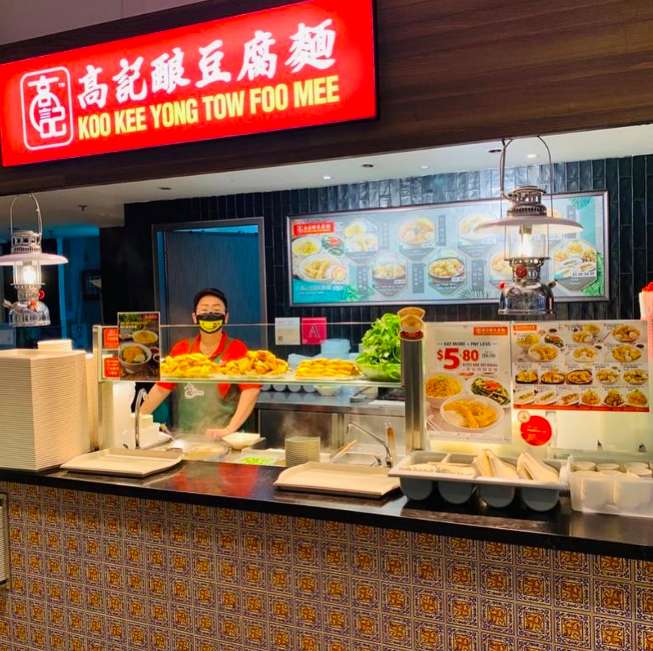
How Gao Ji Food (S) Pte Ltd keeps popular hawker fare accessible until today
To keep its hawker tradition alive, Gao Ji Food (S) Pte Ltd had to redesign how its workers traditionally used manual process to track their sales. In the past, its outlet workers had to manually track their inventory and figure out when to trigger orders of ingredients from the central kitchen.
They also had to process these orders via paper or phone calls, and tabulate and generate reports using physical sheets. This manual process created issues with tracking, checking and balancing of orders, not to mention being challenging and time-consuming for the workers, many of whom are above 50 years old.
To overcome this limiting constraint, Gao Ji Food (S) Pte Ltd invested in a Store Purchase Inventory System, supported by NTUC’s Employment and Employability Institute (e2i) which provided funding through the WorkPro Job Redesign initiative. This initiative helps local companies to create physically easier, safer, and smarter jobs for local workers aged 50 years and above.

With the implementation of the Store Purchase Inventory System, workers learnt digital skills to use a tablet to update the outlet’s inventory, which is then synced automatically through a centralised system. The centralised system can detect products or ingredients which have low stocks and trigger a notification to workers to order from the central kitchen or suppliers. With this new system, workers can track and monitor order trends and patterns to reduce food wastage.
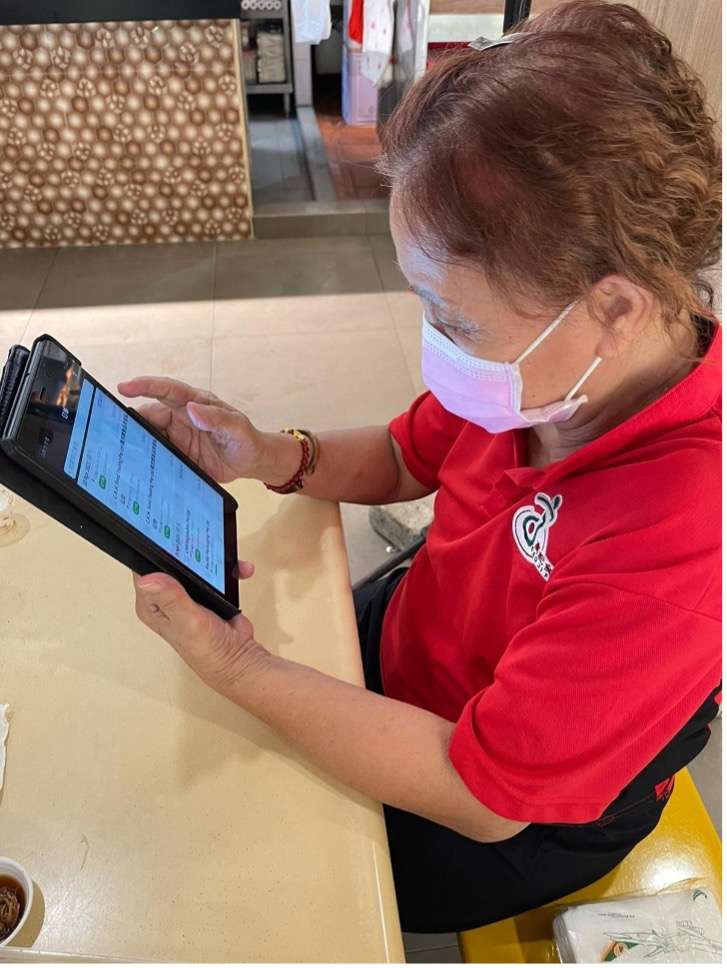
Another great time saver is that with this online system, workers can autogenerate reports on information regarding purchases and inventory within minutes. In total, workers saved at least 30% of their time. To thank workers for taking the step forward to learn digital skills and becoming more productive, Gao Ji Food (S) Pte Ltd gave at least 15 of its older workers a wage increment.
Ensuring hawker fare survives in the future
During the COVID-19 pandemic, Gao Ji Food (S) Pte Ltd outlets were affected by the Circuit Breaker and faced disruption via the no dining-in regulations. Thankfully, it managed to move all its outlets onto different delivery platforms and improvise to cater to the multiple changes during 2020.
As the world digitalises, Gao Ji Food (S) Pte Ltd is preparing to modernise as well. It plans to continue streamlining its business processes to reduce manual paperwork and thus increase productivity. With more man hours saved, the company expects both employee and customer satisfaction to rise, as workers will have more time to focus on engaging customers and keep authentic Asian fare alive for many more years to come.
For more information on Gao Ji Food (S) Pte Ltd, visit https://www.facebook.com/gaojifoodsg/ and https://www.gaojifood.com/en/home





